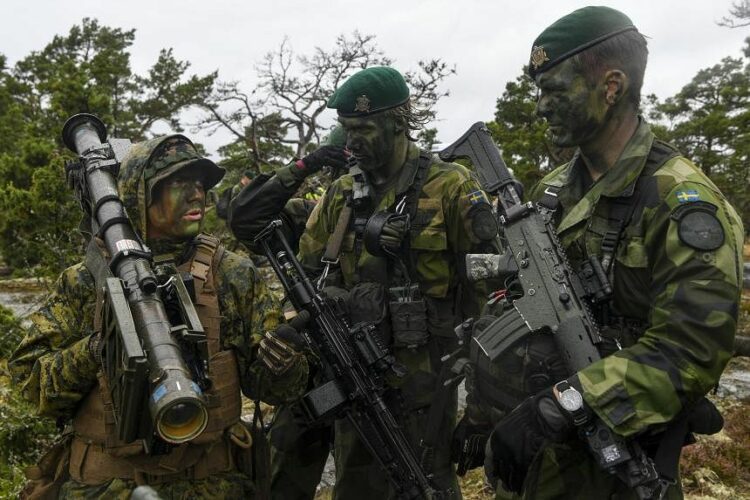HELSINKI/STOCKHOLM – Despite their orientations towards the United States and Western Europe, Finland and Sweden had bet that protecting their national security was best served by staying out of the North Atlantic Treaty Organisation (Nato).
They aimed to avoid disturbing the military balance in the Baltic Sea region and provoking Russia.
But those reservations were cast aside following Russia’s invasion of Ukraine, which spurred the two Nordic countries to join the alliance, preparing for President Vladimir Putin and his plans to expand Moscow’s sphere of influence.
Why didn’t Finland and Sweden join Nato earlier?
Both countries conducted military exercises with Nato and shared intelligence for years before applying.
They were also part of the alliance’s Partnership for Peace programme, which fosters cooperation, and, along with Ukraine, were among six so-called Enhanced Opportunity Partners that make “particularly significant contributions to Nato operations”.
But they did not join the alliance earlier for historical reasons.
Finland has spent the 106 years since its independence tiptoeing alongside Russia, with which it has roughly 1,300km of border.
Two wars against the Soviet Union between 1939 and 1944 were followed by a policy of deference and self-censorship towards the Soviets that came to be known as Finlandisation.
After the Cold War ended, Finland began turning more towards the democracies of Western Europe, joining the European Union and adopting the euro.
But the Finns held on to the cornerstone of their foreign policy: maintaining good relations with Russia. The ghost of Finlandisation lingered and popular opinion was firmly against joining, until 2022.
Sweden stayed out of both world wars and, during the Cold War, neutrality was seen as the best way of ensuring its independence.
Still, Sweden’s defence was designed to deter a Soviet invasion, and the country covertly cooperated with Nato.
After the collapse of the Soviet Union in 1991, Sweden’s policy was rebranded as military non-alignment, and its defence was significantly scaled down.
But since Russia’s 2014 annexation of Ukraine’s Crimea peninsula, Sweden has gradually ramped up military spending and sought closer cooperation with Nato.
What’s the benefit for Nato?
Having Finland and Sweden in the alliance arguably makes it easier to stabilise the security of the area around the Baltic Sea and to defend Nato members Estonia, Latvia and Lithuania.
The three small Baltic countries are often seen as a potential target for Russian aggression because they have substantial ethnic Russian minorities, and Russian President Putin has used protecting such groups as a pretext for interventions abroad.
The Baltics’ only land connection to the rest of Nato is the narrow Suwalki Gap, often considered the alliance’s weakest spot.
Finland and Sweden have sophisticated, well-equipped militaries with gear that is already compatible with that used by the alliance, while Finland’s long border with Russia should enable the alliance to improve its surveillance of the giant neighbour to the east.
Source link : https://www.straitstimes.com/world/europe/how-russia-pushed-finland-and-sweden-to-join-nato
Author :
Publish date : 2024-02-27 03:00:00
Copyright for syndicated content belongs to the linked Source.
